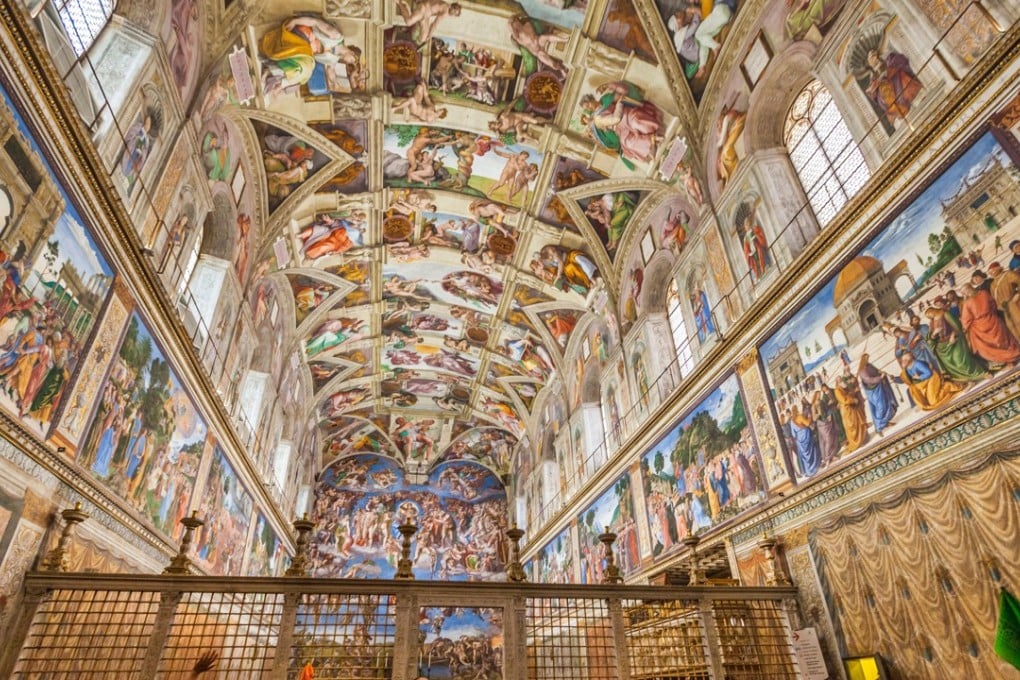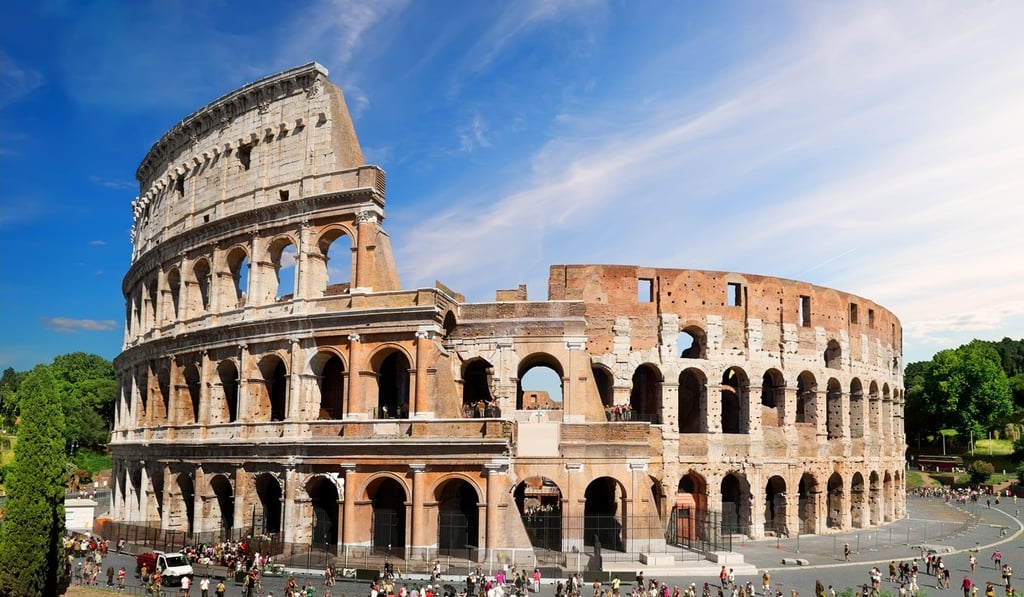The good, bad and ugly sides to Rome – the city can be eternally frustrating, especially if you live there
The Italian capital boasts endless architectural, cultural and historical treasures, but its sense of civic inertia and inadequate public-transport system lure surprisingly few repeat visitors

The Good
Every day about €4,000 (US$4,675) is collected from the Trevi Fountain and donated to charity. That’s an awful lot of people lobbing coins into a pool to ensure they’ll return someday. Rome certainly merits a second visit, there’s far too much to absorb in one go. But if you’re pushed for time it’s possible to get a feel for the Eternal City in a single day.
Start at the world’s most famous fountain no later than 7am. Once your coins have splashed into the water, make use of the cinematic early light to photograph the Spanish Steps, only five minutes away. With two of Rome’s major sights ticked off, it’s time for breakfast. Find a cafe, order a creamy cappuccino and a cornetto pastry, then take a taxi to Vatican City. Try to arrive an hour before the headquarters of the Roman Catholic Church opens to the public, at 9am, and soak up the atmosphere in St Peter’s Square, the piazza in front of St Peter’s Basilica. Booking a fast-track “skip the line” ticket will enable forward planners to spend more time marvelling at the Sistine Chapel ceiling, painted by Michelangelo over a four-year period in the early 16th century.
Afterwards, cross back into Italy and stroll without a goal for an hour or two – it’s not as if you’re going to end up on an industrial estate. You’re sure to encounter a Christian basilica here, a Renaissance palace there, and sooner or later find yourself face to face with the Roman Forum. What was once a prosperous precinct surrounded by government, commercial, religious and public structures is now a collection of ruins. Very photogenic ruins, mind you.
With the sun (and temperatures) climbing higher, it’s time to move indoors. The Italian capital boasts dozens of museums and art galleries and more than 900 churches that offer an escape from the midday heat. Be sure to pause at the Pantheon – once a Roman temple, now a church – and in excellent nick considering its age.
Time for lunch. Track down a trattoria well away from Rome’s alpha attractions. Authenticity is the name of the game, so avoid places with photos of dishes in the window.

Round off the meal with an espresso pick-me-up, then hop on the Metro. Work to extend the C Line has resulted in an “only-in-Rome” scenario. Progress has been slow, caused not by mismanagement but because a number of archaeological discoveries have been made while tunnelling. Take the B Line to Cavour station and explore up-and-coming Monti, a working-class neighbourhood juggling gentrification with a bohemian vibe. Most importantly, it’s conveniently situated a 10-minute walk from bucket-list nirvana.
